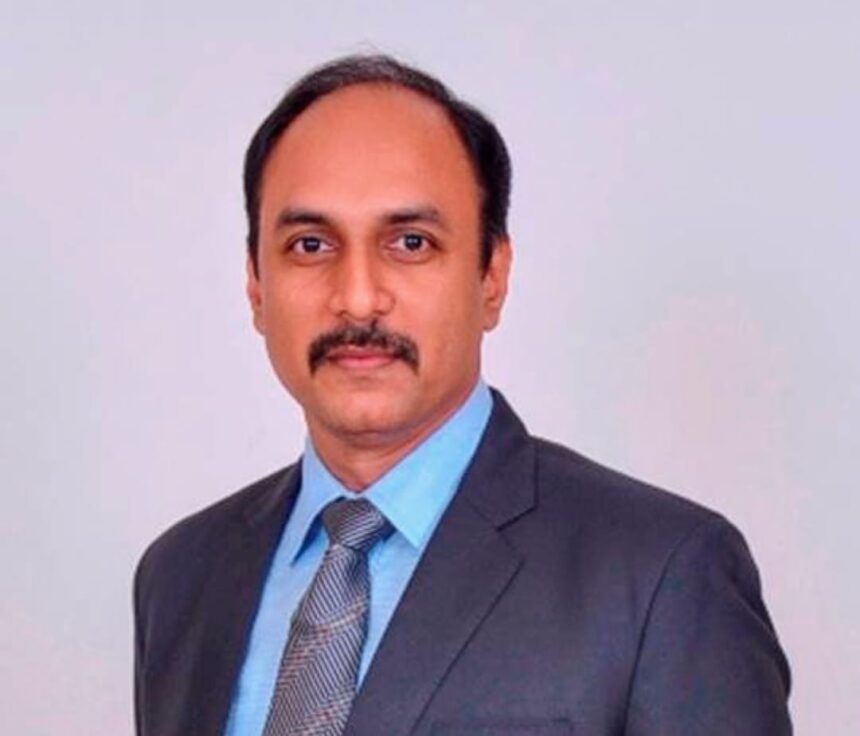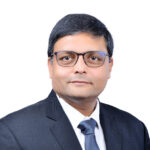- Which recent advances in metal cutting technology have brought about the biggest change in efficiency and precision?
Recent advances in metal cutting technology, such as digital machine tools and advanced carbide grades, have revolutionized manufacturing. Digital tools enable real-time monitoring and data analysis to optimize cutting processes to maximize efficiency and minimize downtime. Advanced carbide grades are designed for durability and precision, ensuring the tool performs reliably at higher speeds and is more resistant to wear, even when cutting harder materials.
Additionally, innovations in tool geometry and coatings contribute to smoother chip removal and reduced heat generation, allowing for faster cutting speeds and longer tool life. Process monitoring software provides insight into machine performance and allows operators to dynamically adjust cutting parameters to minimize waste and ensure consistent finish quality. These advances not only increase productivity, but also meet sustainability goals by reducing energy consumption, extending tool life, and reducing cost per part produced. .
- How is the industry adapting to sustainable manufacturing practices, and what specific efforts are helping to reduce its environmental impact?
The metal cutting industry embraces sustainable manufacturing through innovative practices aimed at reducing its impact on the environment. For example, Sandvik Coromant has introduced initiatives such as a carbide recycling program, where used tools are collected, reprocessed and reused. Circularity efforts extend to retooling, which minimizes material waste and promotes resource efficiency. Additionally, energy-efficient processing technologies and digital solutions help optimize production processes, reducing emissions and resource consumption. Collaborative efforts to integrate sustainable practices throughout the supply chain are also becoming the norm, advancing environmental responsibility across the industry.
For manufacturers looking to improve sustainability, understanding the current performance of their production facilities is an important first step. Sandvik Coromant released in 2024, sustainability analyzer This embodies our commitment to sustainable manufacturing. This advanced tool not only measures carbon emissions and energy usage, but also provides actionable insights such as energy cost savings and emissions reduction strategies. The analyzer provides accurate, data-driven sustainability assessments to help manufacturers make informed decisions and implement meaningful changes towards achieving net-zero goals.
- As digitization reshapes manufacturing, what new skills are essential for today’s workforce and how is the industry addressing the skills gap?
As digitalization transforms manufacturing, employees need new skills to adapt to technologies such as automation, artificial intelligence (AI), and data-driven systems. Required skills include digital literacy, proficiency in data analysis, and the ability to manage advanced manufacturing processes integrated with IoT and smart systems. Problem solving and supply chain management are also becoming increasingly important as manufacturers seek to streamline operations and improve efficiency.
Collaborative platforms and better knowledge sharing systems are essential to improving expertise while ensuring business continuity. New systems are essential to make employees’ lives easier and free up time to focus on more complex tasks. Solutions such as Sandvik Coromant’s CoroPlus® suite of digital products have been created with this very focus in mind. For example, CoroPlus® Tool Supply integrates seamlessly into manufacturing operations and provides features such as automatic tool replenishment, real-time inventory tracking, and cost analysis. These features reduce manual monitoring and allow workers to focus on high-value tasks while gaining insight into tool usage and performance. Additionally, the CoroPlus® Tool Guide simplifies tool selection and cutting data optimization and plays a key role in addressing manufacturing skills gaps. The tool provides fast and accurate recommendations tailored to specific machining applications, making it easy for operators to select the most effective cutting tools and parameters for their job.
- What trends are driving the current demand for metal cutting solutions and how do you expect the industry to adapt to these trends?
Current demand for metal cutting solutions is driven by trends emphasizing advanced manufacturing, sustainability, and the integration of digital technologies. Key drivers include the rise of electric vehicles (EVs), increased demand for precision parts in aerospace, and the need for energy-efficient machining to meet sustainability goals. For example, the EV industry is looking for innovative cutting tools that can machine lightweight yet durable materials such as aluminum and composites.
Additionally, smart manufacturing technologies such as cloud-based systems and IoT-enabled tools are transforming the industry. These innovations enable predictive maintenance, optimize tool performance, and reduce downtime, making operations more efficient and responsive to modern requirements.
The metal cutting industry is adapting to key trends by focusing on optimizing the processing of new materials, increasing productivity, and reducing both costs and carbon emissions. As manufacturers increasingly work with advanced materials in sectors such as aerospace, automotive and energy, there is a growing demand for specialized tools that can process these materials.
- What do you think is the most important challenge facing the metal cutting industry today and what steps is your organization taking to remain competitive?
The metal cutting industry currently faces several significant challenges, including adapting to rapid technological advances, managing the complexity of new materials, increasing sustainability, and addressing skill gaps within the workforce. . One major hurdle is the increasing demand for higher precision and faster production times by industries such as aerospace, automotive, and electronics. These industries require advanced machining techniques that can handle new, harder, and more complex materials.
In contrast, Sandvik Coromant manufacturing wellness The philosophy is a comprehensive strategy designed to meet the evolving challenges of modern manufacturing. This approach emphasizes the interrelated goals of increasing productivity, minimizing waste, and promoting sustainable practices. Rather than addressing these areas individually, we focus on creating synergies between efficiency, environmental management and operational excellence. For us, Manufacturing Wellness serves as a guide to face today’s industry challenges. Whether we’re producing new products, improving our sustainability strategy, or researching new technologies, our brand mission serves as an anchor point to better understand where we are and where we want to go. Masu.

Electronic version of the magazine – https://www.machineinsider.com/dynamic-manufacturing-india-jan-feb-2025-edition/








